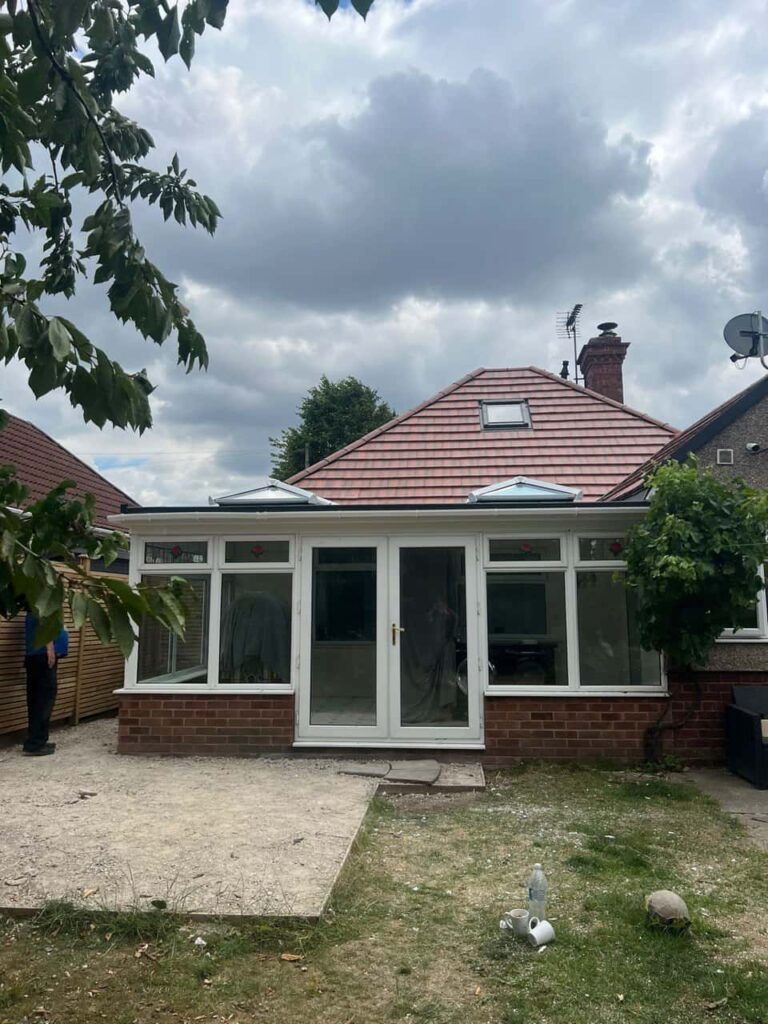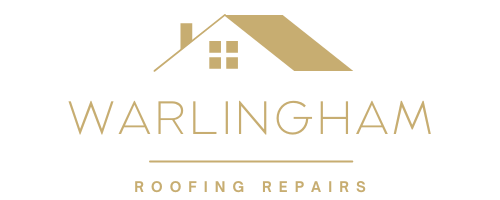When considering a new roof for your property in Warlingham, Surrey, it’s important to understand the different types of roofs available and their benefits. One popular option is the mono pitched roof, but how does it compare to other roof types such as gable, hip, or flat roofs? In this blog post, we will explore the key differences between mono pitched roofs and other common roof types to help you make an informed decision when choosing the right roof for your property.
What Is a Mono Pitched Roof?
A mono pitched roof, also known as a single-pitched or shed roof, is a simple roofing design that features a single slope. This type of roof is often used in modern architecture and is commonly seen on smaller buildings, extensions, or contemporary homes. The slope of the roof typically angles in one direction, making it a straightforward and cost-effective roofing solution.
Mono pitched roofs are particularly popular in areas where there is limited space or where a minimalist aesthetic is desired. This design allows for efficient water drainage and can be easily adapted to various building shapes and sizes.
Key Differences Between Mono Pitched Roofs and Other Roof Types
- Gable Roofs
Gable roofs are one of the most common roof types, characterised by two sloping sides that meet at a ridge to form a triangular shape. They are typically seen in traditional houses and are known for their classic appearance and ability to provide additional attic space.
- Differences: Unlike the mono pitched roof, which has only one slope, a gable roof features two. This gives gable roofs more complexity in terms of design and construction. Gable roofs are often chosen for their visual appeal and the extra space they can provide in the loft area.
- Benefits: Gable roofs offer more attic space and are more suited for properties with higher ceilings. However, they can also be more prone to wind damage in areas with high winds, as the two sloping sides can catch the wind.
- Hip Roofs
A hip roof has slopes on all four sides that meet at a ridge or a central point. This roof style provides a more balanced and symmetrical appearance and is often used for properties that require stability and resistance to strong winds.
- Differences: Unlike the mono pitched roof, which only has one slope, a hip roof features four sloped sides. This makes it more complex to build but provides greater durability and strength, especially in areas with severe weather.
- Benefits: Hip roofs are known for their stability and are less likely to be damaged in windy conditions. They also provide more internal space and can contribute to a more aesthetically pleasing exterior. However, the construction and material costs can be higher compared to mono pitched roofs.
- Flat Roofs
Flat roofs, as the name suggests, are essentially horizontal roofs with little to no pitch. These are commonly found on commercial buildings, modern homes, and extensions where additional outdoor space or a minimalist look is desired.
- Differences: Flat roofs have a completely different design compared to mono pitched roofs, as they have no slope at all or a very minimal one for drainage purposes. Mono pitched roofs, on the other hand, have a single slope that angles in one direction.
- Benefits: Flat roofs are easy to install and are ideal for creating rooftop terraces or providing additional usable space. However, they are more prone to water pooling, which can lead to leaks and damage. Proper drainage is essential for maintaining the integrity of a flat roof.
- Mansard Roofs
A mansard roof is a type of roof with two slopes on each side, where the lower slope is much steeper than the upper one. This roof type is commonly associated with French architecture and can provide extra living space in the attic or upper floors.
- Differences: Mansard roofs are much more complex than mono pitched roofs, featuring two slopes on each side with a steep lower pitch. This contrasts with the simple, single slope of a mono pitched roof.
- Benefits: Mansard roofs offer extra living space in the attic and create an elegant, traditional appearance. However, they are more expensive to construct and maintain due to their complexity.
Benefits of a Mono Pitched Roof
- Cost-Effective and Simple Design Mono pitched roofs are typically more affordable to build than more complex roof types like hip or gable roofs. Their simplicity in design and construction makes them an ideal choice for budget-conscious projects or modern homes where a minimalist look is preferred.
- Efficient Water Drainage The single slope of a mono pitched roof ensures that water drains quickly and efficiently. This reduces the risk of water pooling or damage from standing water, which is a common issue with flat roofs.
- Modern and Contemporary Look Mono pitched roofs provide a sleek and contemporary aesthetic, which is perfect for modern homes, extensions, or commercial properties. Their clean lines and simplicity contribute to a modern architectural style that suits a wide range of building designs.
- Maximising Space With its sloped design, a mono pitched roof can be used to maximise headroom on one side of the building, creating more usable space in the attic or upper floors. This makes it a practical choice for homes with limited space or low-pitched ceilings.
Conclusion
When choosing a roof type for your property, it’s important to consider the specific needs of your building, budget, and aesthetic preferences. While mono pitched roofs offer a cost-effective, efficient, and modern solution, other roof types like gable, hip, and mansard roofs each offer their own set of advantages, depending on the style and functionality required.
If you’re in Warlingham, Surrey, and considering a roof replacement or installation, contact Warlingham Roofing Repairs today. Our team of professional roofers can help you choose the right roofing solution for your property and ensure that your roof is built to last. Reach out to us for a consultation and see how we can assist with your roofing needs.
Call us on: 01883 779 994
Click here to find out more about Warlingham Roofing Repairs
Click here to complete our contact form and see how we can help with your roofing needs.

